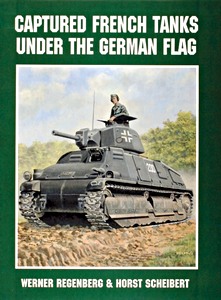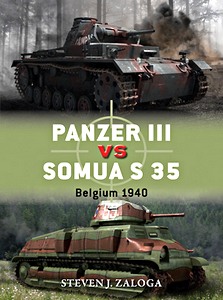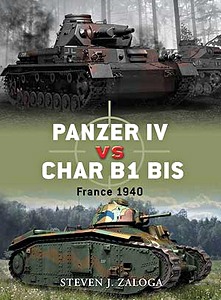Chars B au combat - Hommes et matériels du 15e BCC
En cette après-midi du 16 mai 1940, un groupe d'une vingtaine de chars B appartenant à l'armée française, des engins de 32 tonnes armés chacun d'un canon de 75 et d'un canon de 47 - ce qui fait d'eux le plus puissant matériel blindé existant dans le monde en 1940 - fait son approche sur une petite ville qui va bientôt entrer dans l'Histoire : Montcornet. Depuis l'avant-veille, l'ennemi a crevé le front et ouvert une brèche gigantesque dans le dispositif allié. Lancés en enfants perdus dans la trouée, les chars de bataille français ont une mission simple : « Détruisez tout sur votre passage », leur a simplement dit le bouillant général Giraud...
Ce fait d'armes - qui précède de 24 heures l'action célèbre du colonel de Gaulle sur la même localité, avec des chars du même type -, est l'un des nombreux épisodes que ce livre retrace avec une exactitude rigoureuse et un saisissant souci du détail, appuyé sur les témoignages directs des combattants.
Ce quatrième tome de l'Encyclopédie de l'Armée française est illustré à profusion par une extraordinaire collection de photographies d'époque pieusement conservée dans les albums-souvenirs des Anciens du bataillon et réunie pour la première fois : plus de 500 documents, quasiment tous inédits, ont été rassemblés et parfaitement classés dans cet ouvrage en vue de constituer une véritable revue de détail, char par char.
De nombreux profils en couleurs restituent tous les détails des marques et camouflages des chars B engagés dans les actions relatées, tandis que des éclairages sont apportés sur les questions cruciales touchant d'une manière plus générale aux chars de bataille français de l'époque : armement, rayon d'action et ravitaillement en essence, moyens de transmission radio, disponibilité des matériels. Une documentation historique de première main qui enrichit l'éternel débat sur l'« étrange défaite » subie par la France en 1940.
Detalles del libro
| Autor: | Stéphane Bonnaud, François Vauvillie |
|---|---|
| Presentación: | 180 páginas, 32 x 23 cm, tapa dura |
| Ilustración: | abundantemente ilustrado con fotos en b/n y color |
| Editor: | Histoire & Collections (F, 2021) |
| ISBN: | 9791038012134 |

Chars B au combat - Hommes et matériels du 15e BCC
Idioma: Francés
Comprar en Amazon ESComprar en Amazon.com










